National symbols of India and their significance
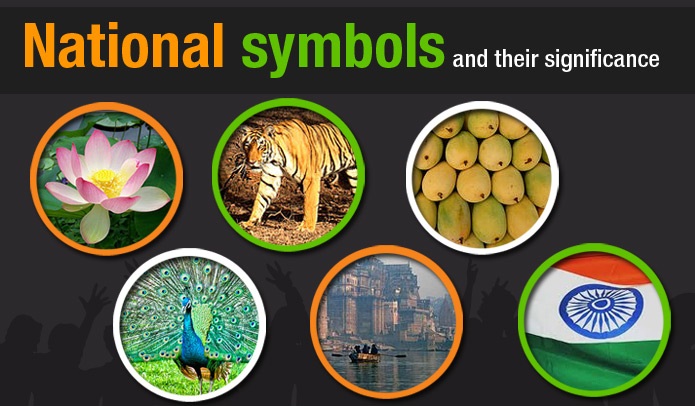
Indian National Symbols
Each Indian National Symbol has its own significance and is fundamental to Indian identity and heritage.
Every nation creates a distinct identity, an official identity which is unanimously accepted and followed. National symbols come in the form of anthems, emblem, flags, etc which carry deeper meanings. These symbols not only express values, history and the diversity of a nation, but also reflect individuality and uniqueness. Let’s explore what the national symbols of India stand for.
National Emblem
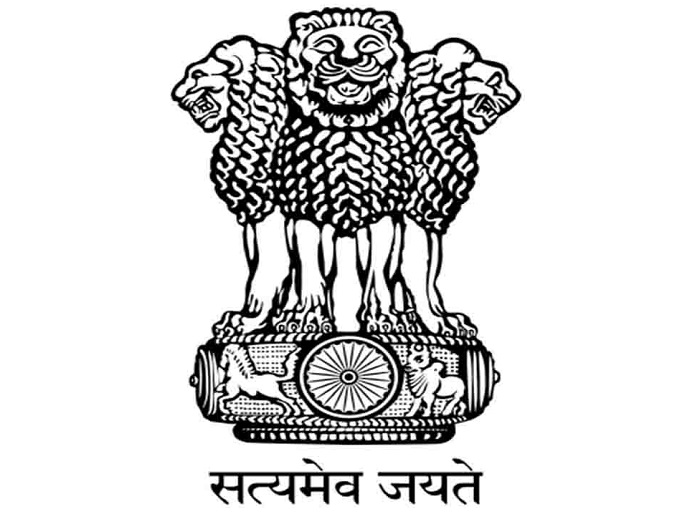
The Lion Capital of Ashoka at Sarnath is the national emblem of India. It consists of four Asiatic Lions standing back to back on a circular abacus. The abacus has sculptures of an elephant, a horse, a bull and a lion. These are separated by wheels in between. The national emblem stands on a full bloomed inverted lotus flower.
National Flag
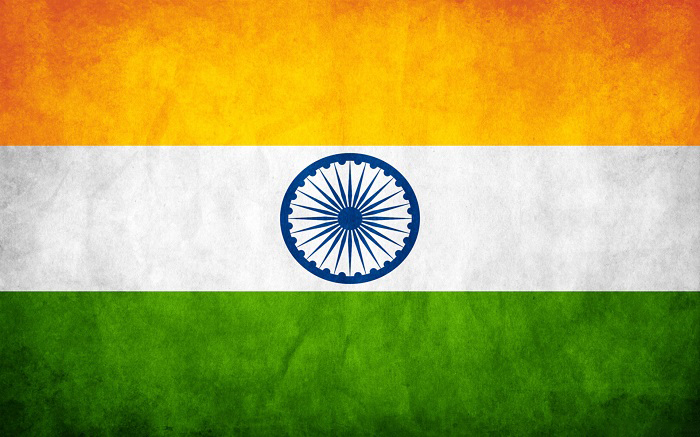
The three colours in Indian national flag are prudently chosen to symbolise greater meaning. While saffron represents courage and sacrifice, the white signifies peace and truth. The green colour in the end was chosen to denote faith, chivalry and prosperity. Ashoka Chakra, a 24-spoke wheel in the centre stands as a symbol of ‘eternal wheel of law.’ According to ex-president Sarvepalli Radhakrishnan, the saffron colour teaches our leaders to be “indifferent to material gains and dedicate themselves to their work.” The white in the middle, according to him, is “the path of truth” that would guide our conduct. The green signifies our deep-rooted relation with the environment. He came up with another interpretation of the Ashoka Chakra. For him, the wheel “represents the dynamism of a peaceful change.” It’s a subtle way of saying that India should not resist change and it must move forward.
National Bird
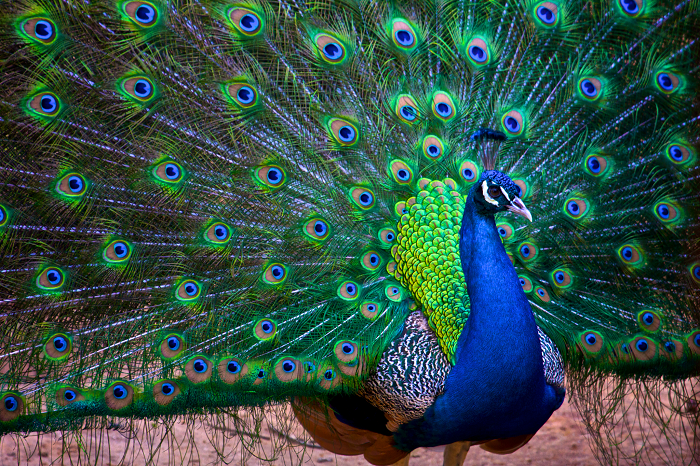
Peacock is designated as the national bird of India. This majestic bird is a symbol of grace, joy, beauty and love. The bird also carries religious significance. In Hinduism, the image of Lord Indra has been depicted in the form of a peacock. In Christianity, the peacock is considered as the symbol of ‘Resurrection’. Even Islamic religious buildings are adorned by the figures of peacock.
National Anthem
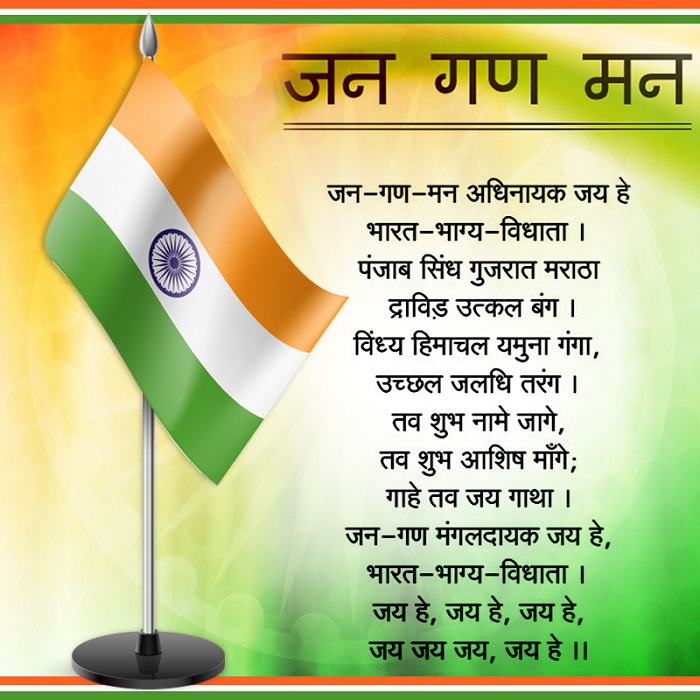
The National Anthem of India Jana-gana-mana, composed originally in Bengali by Rabindranath Tagore, was adopted in its Hindi version by the Constituent Assembly as the National Anthem of India on 24 January 1950. It was first sung on 27 December 1911 at the Kolkata Session of the Indian National Congress.
The complete song consists of five stanzas. The first stanza contains the full version of the National Anthem.
Playing time of the full version of the national anthem is approximately 52 seconds. A short version consisting of the first and last lines of the stanza (playing time approximately 20 seconds) is also played on certain occasions.
National Animal

The tiger is known as the Lord of the Jungle and displays India’s wildlife wealth. Also strength, agility and power are the basic aspect of the tiger. The Bengal Tiger was declared as the national animal of India in April 1973, with the initiation of Project Tiger, to protect the tigers in India. Prior to this, the lion was the national animal of India.
National Flower
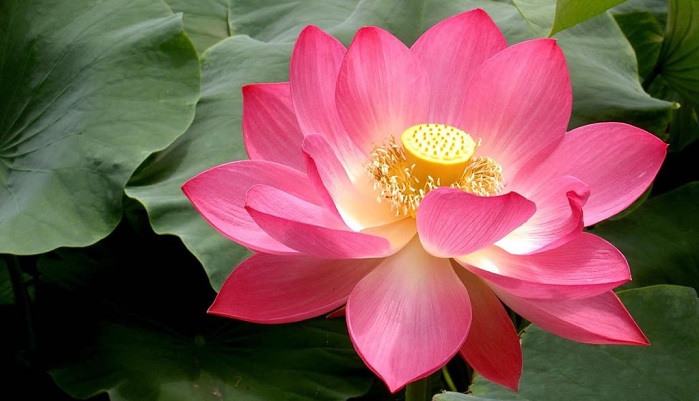
Lotus, representing both beauty and detachment, is more than just an auspicious symbol of Indian culture. It conveys a far deeper message. The foremost thing it teaches us is to practice non-attachment. Just as lotus is rooted in mud but continues to float on the water without becoming wet, we should also learn to work incessantly but not to be attached to the work and its results.
National Fruit

Mangoes are native to India and thus truly Indian. Since time immemorial, mangoes have been cultivated in India. In ancient times as well, deliciousness of mangoes have been defined by many renowned poets. The great Mughal emperor Akbar had planted about 1,00,000 mango trees in Lakhi Bagh in Darbhanga.
National Song

India’s national song was composed in Sanskrit by Bankimchandra Chatterjee. It has inspired many freedom fighters during the freedom struggle. Initially ‘Vande Mataram’ was the national anthem of India, but after independence ‘Jana Gana Mana’ was adopted as the national anthem. This was done because non-Hindu communities in India had considered Vande Mataram as biased. These communities felt that the nation was represented by ‘Maa Durga’ in the song. So that is why it was made the national song of India and not the national anthem.
National Game

In spite of cricket’s huge popularity in India, hockey is still the national game of India. Hockey when declared as the national game was very popular. The game has seen a golden era during 1928-1956, when India won 6 consecutive gold medals in the Olympics. Hockey was considered as the national game because of its unmatched distinction and incomparable talent at the time. At that time India had played 24 Olympic matches and won all of them.
National Tree

Banyan tree was an obvious choice of our yesteryear leaders because of the more than one reason. The fact that its branches root themselves and form new trees is unique only to Banyan tree. It adds to the tree’s longevity. Due to this characteristic, the tree is considered immortal. The reason behind choosing this as our national tree is to subtly convey the message of accommodating every culture and tradition and nurturing them to develop a pluralistic society.
National River

It has been rightly said that River Ganga is an “embodiment of sacredness. The reason why it was chosen as the national river could be aptly explained through India’s first prime minister Jawaharlal Nehru’s words: “She has been a symbol of India’s age-long culture and civilization, ever-changing, ever-flowing, and yet ever the same Ganga.”
National Currency Symbol
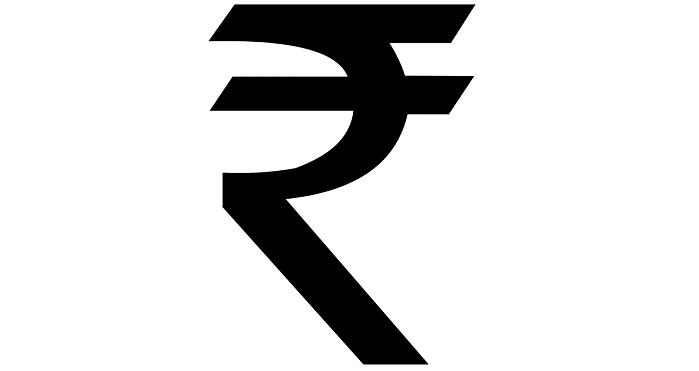
The newly adopted Indian Rupee sign is an amalgamation of Devanagri ‘र’ (Ra) and the Roman Capital ‘R’. The two parallel horizontal lines at the top are interpreted as an equality sign, which symbolises India’s desire to reduce economic disparity. It is said that the parallel lines are also an allusion to the Indian flag.
Tag : national symbols of india, why peacock is national bird, lotus national flower, tiger national animal, jana gana mana national anthem, national song, national emblem, national tree, national fruit, national game
You May Be Interested IN